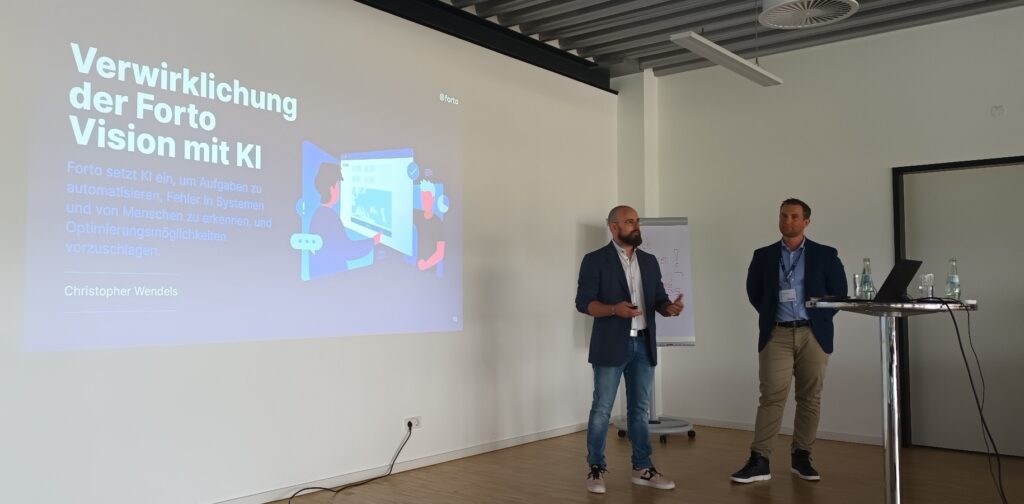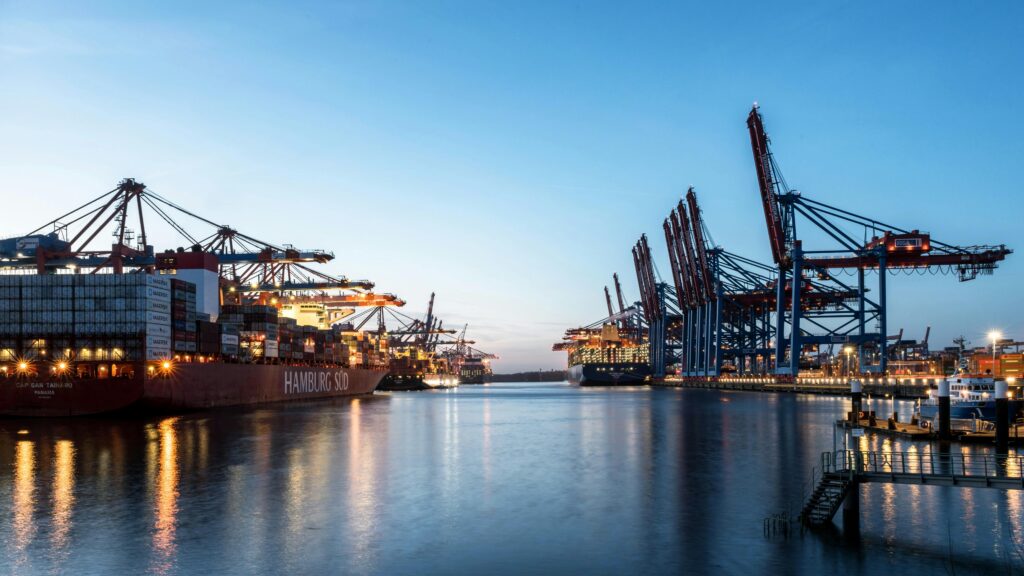In the Red Sea crisis, we’re witnessing a confluence of factors that are reshaping the way goods move across the globe. Here are the latest updates from The Shipping Corner.
Europe Braces for Potential Shortages
Europe is looking at potential shortages in a situation that varies significantly across industries. Several corporations have announced pauses in production and distribution. Discounter Aldi signals supply chain delays, while Tesla’s supply issues hint at widespread impacts. Volvo and Suzuki are suspending production in European factories, and Michelin’s Spanish factories are also halting output, reflecting the crisis’s growing impact.
Military Protection Initiatives
The EU plans a naval mission to safeguard ships from escalating attacks, aiming for operational status post-19 February. Building on the French-led Agenor operation, this mission would span from the Red Sea to the Gulf. However, the effectiveness of such military actions in these complex scenarios remains uncertain. Despite recent US and UK military interventions, the situation in the Red Sea region continues to deteriorate as the scope of attacks expands, with recent missile strikes on commercial vessels illustrating the escalating risks.
Decline in Vessel Transits and Increasing Costs
Vessel transits through the Bab al-Mandeb Strait have decreased dramatically, with a 90% drop from the usual 40-50 ships per day. This decline indicates a growing reluctance among shipping lines to navigate these waters. The Houthi attacks have led to a surge in insurance and shipping rates but have not yet triggered broader price increases. However, if disruptions spread to the Strait of Hormuz or involve Iran directly, prices could escalate significantly.
Capacity and Equipment Challenges
The crisis has resulted in substantial capacity reductions. Ship rerouting adds 10-14 days to voyages and this extended usage not only disrupts shipping schedules but also affects equipment availability. Estimates calculate that this situation requires an additional 20-25% in vessel, container, and equipment capacity to maintain service levels. As carriers reposition and adjust to the new routes, the capacity outlook for the next few weeks shows a reduction of 30-40%, coinciding with the pre-Lunar New Year peak
Localized equipment and capacity challenges are emerging. The situation is expected to become more strained shortly. However, the extent and duration of these challenges remain uncertain. We anticipate that specific ports and certain carriers will be disproportionately affected, presenting a non-uniform landscape across the industry. Notably, container roll-over events are increasing in frequency, signaling growing operational difficulties.
Recommendations for Shippers and Cargo Owners:
- Book Early: Time is of the essence. Place your bookings as soon as possible to navigate through these challenging times effectively.
- Manage Forecasts Diligently: Accurate and well-managed forecasts are crucial. This helps in anticipating and planning for potential delays or disruptions.
- Create Transparency: Technology solutions offer visibility into shipment status and enable proactive measures. Forto can help you unlock and optimize their full potential.
- Joint Prioritization: Work closely with your shipping partners to prioritize shipments. This collaborative approach can help mitigate the impact of capacity and equipment challenges.
In this evolving scenario, proactive management and strategic collaboration between shippers, cargo owners, and their partners are key to navigating the complexities of the current shipping landscape.
Conclusion
The shipping industry is facing a period of significant uncertainty and complexity. The potential for goods shortages in Europe, strategic maritime security measures by the EU and other Western powers, and the intricate challenges in capacity and equipment management are reshaping the global supply chain landscape. This situation demands agility and strategic foresight from all industry stakeholders.








